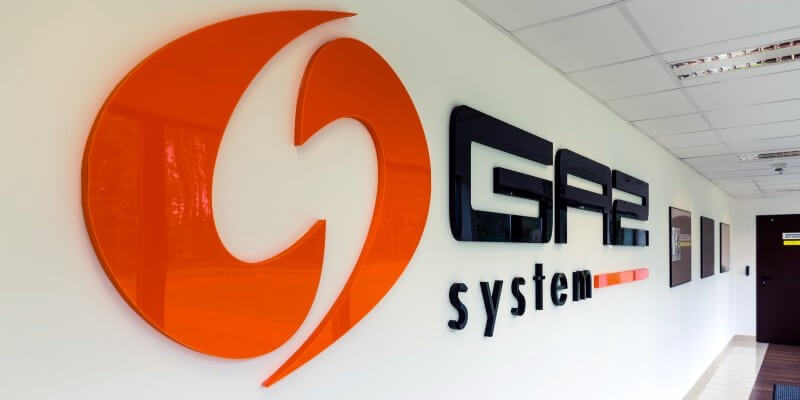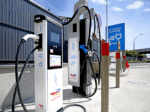In an interview for BiznesAlert.pl doctor Robert Zajdler, the Sobieski Institute’s expert on energy markets explains what a gas hub is and what conditions have to be fulfilled for such a project to materialize. According to the expert, the amended Act on fuel reserves, including natural gas, is a roadblock to developing a gas hub in Poland.
BiznesAlert.pl: Is it possible to create in Poland a gas hub, a crossing of gas supplies from various directions so that the client would be able to choose a gas at the most optimal price? Does Poland need this?
Robert Zajdler: De iure there is a gas hub in Poland already, but it in international documentation it is deemed inactive. Formally a gas hub is defined as a closed area with exit and entry points to the gas system with uniform rules of balancing the system and a virtual trading point. On the basis of this definition, the natural gas trade takes place at energy exchanges, alternative trade platforms or simply bilaterally.
In order for the hub to function, i.e. be active, a number of parameters need to be met. They are clearly defined in international documents, those include, among others, natural gas trade transactions, which have to be repeated multiple times. Only on the basis of those market parameters is it calculated whether the hub actually exists. For the Polish hub to become active, we need to have other entities than PGNiG, which will trade wholesale volumes. Additionally we also need transnational connections, transparent rules for gas trade within and outside the hub.
Considering the current level of market development, natural gas can be delivered from numerous sources. In our region the majority of gas comes from one source, which is Russia, while in the EU that is about 30-40%. New infrastructural investments can help us to change this figure. The goal for Central and Eastern Europe is to have not only East-West connections, but also extensive North-South links. The government’s current diversification strategy and investments in LNG are creating new possibilities in this regard. However, it has to be developed simultaneously with the facilitation of a wholesale natural gas market.
There are virtual and physical hubs. Considering our infrastructural and market abilities, which of these options is more plausible for Poland and what are the differences?
A physical hub would most probably not be able to function within our regulatory model. To simplify, it would work like this – after contracting a capacity for a given gas pipeline, the suppliers would sell on the market not only gas, but also transmission routes. The only model that would make sense in Poland, considering the wholesale market regulations such as the MIFID II directive that will enter into force in January 2018, is a virtual hub. In this case, the infrastructure already exists and is available on the basis of clear and transparent rules for interested parties and the parties are trading with one another on markets, or various platforms, e.g. Polish Trading Point, and transactions are concluded with a demand to send the gas to a specific place.
In Europe there are countries, such as, e.g. Holland, which implemented the plan that Poland is currently pursuing. They have an LNG terminal and pipelines that connect their neighbors, as well as liberal rules for wholesale trade. In Austria there is a hub, but without direct access to LNG. Can other states’ experience help Poland realize its projects?
For instance, about 15-20 years ago the situation in the Netherlands was similar to the one we have today. The country had infrastructure, pipeline connections with its neighbors, domestic natural gas production at a high level and an LNG terminal. Then it simplified the natural gas wholesale trade and attracted interested parties to buy gas on that market. The size of the entities made the TTF second biggest EU trading point in 2006-2010, after the British NBP. Today it is number one. Whereas our wholesale trade is made more difficult by, among others, the Act on reserves. This law forces the buyer to book capacity to transmit gas plus 70% of additional capacity in case there is a threat to security. In practice that additional capacity will not be used in the majority of cases. This constitutes a cost for purchasing the natural gas and is a roadblock to the development of competition on the market, which is necessary if we want the Polish gas hub to be a benchmark for prices and a source of natural gas for the CEE region, perhaps even Ukraine. As long as these regulations are not simplified there is no way the wholesale trade of natural gas will increase.
Scientific and professional journals often write about fictional hubs – this is something that happens in various parts of the world and takes place when a regulator or government institutions hope that because they called some point a hub, the market participants will be interested in trading in it and in building a competitive market. To create an effective gas hub, wholesale market-friendly regulations are necessary and so is non-discriminatory access to infrastructure. Without taking these issues into consideration, there is no chance to build a real gas hub.






